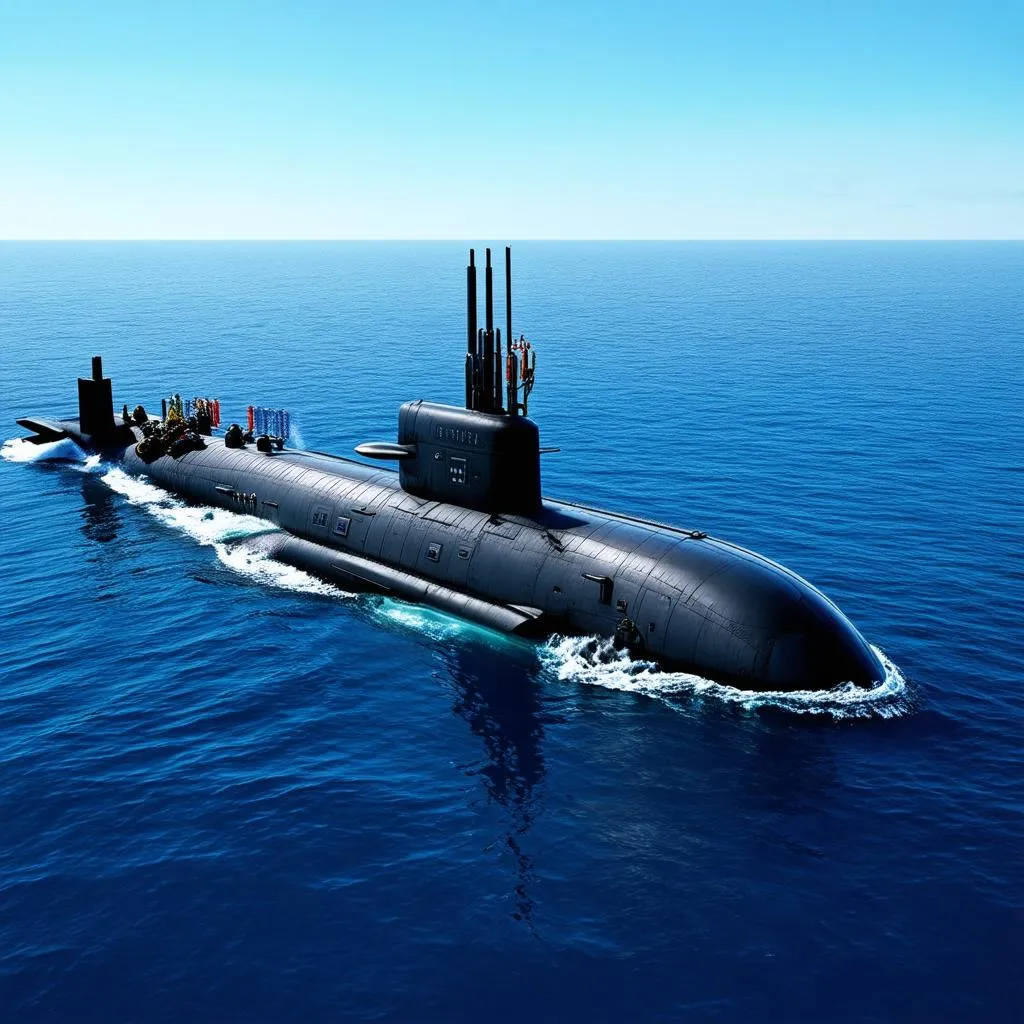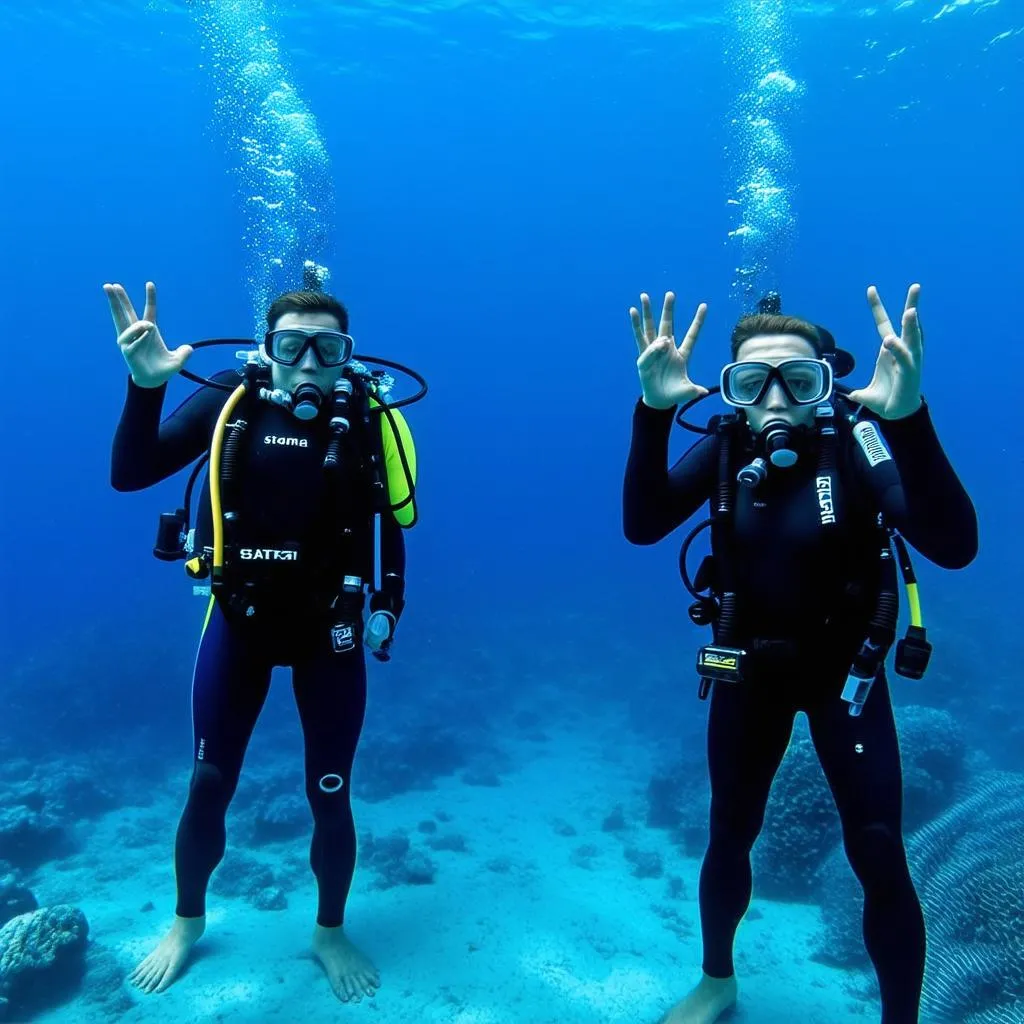Have you ever wondered, while snorkeling in the crystal-clear waters of the Bahamas or scuba diving amongst the vibrant coral reefs of the Great Barrier Reef, if radio waves work underwater? Can a call from the surface reach the depths of the ocean? It’s a question that combines the magic of travel with the intrigue of science. Let’s dive in and find out!
Understanding Radio Waves and Water
To answer the question, we need to understand the nature of both radio waves and water.
Radio Waves: Messengers of the Air
Radio waves are a type of electromagnetic radiation, like light and X-rays, but with longer wavelengths. They travel effortlessly through the air, allowing us to listen to the radio, watch television, and connect to the internet wirelessly.
Water: A Different Kind of Environment
Water, on the other hand, is much denser than air and has different electrical properties. This difference in density and electrical properties affects how electromagnetic waves, including radio waves, travel through it.
So, Can Radio Waves Penetrate Water?
The answer is yes, but with limitations.
Radio waves can travel through water, but not as easily as they do through the air. Water molecules absorb and scatter the energy of radio waves, significantly reducing their range and strength.
The Deeper You Go, the Weaker the Signal
The depth at which radio waves can effectively travel depends on the frequency of the waves.
- Low-frequency radio waves (like those used for submarine communication) can penetrate hundreds of meters into the ocean. However, they require large antennas and powerful transmitters due to the significant signal loss.
- High-frequency radio waves (like those used for FM radio and Wi-Fi) are rapidly absorbed by water and can only travel a few meters below the surface.
Factors Affecting Radio Wave Propagation in Water
Several factors influence how far radio waves can travel in water:
- Salinity: Saltwater is more conductive than freshwater, leading to greater signal attenuation.
- Temperature: Water temperature affects its density and conductivity, influencing radio wave propagation.
- Frequency of the waves: As mentioned earlier, lower frequencies travel further than higher frequencies.
Applications of Underwater Radio Communication
Despite the challenges, underwater radio communication plays a vital role in several applications:
- Submarine Communication: Submarines use extremely low-frequency (ELF) radio waves to communicate with command centers while submerged.
- Underwater Research: Scientists use acoustic waves (a type of mechanical wave) and specialized underwater radio communication systems to study marine life and oceanographic phenomena.
- Commercial Diving: Divers use underwater communication systems that rely on acoustic waves to communicate with each other and the surface.
Traveling the World, Exploring New Depths
Just like radio waves navigate through different depths of water, we too explore the diverse landscapes and cultures of our planet.
Imagine embarking on a journey to a remote island in the Pacific Ocean, like those found in the Philippines, renowned for their pristine beaches and vibrant coral reefs. As you sail further away from civilization, you might notice a decrease in your phone’s signal strength. This gradual loss of connectivity reminds us of the limitations of radio waves, especially in environments like vast oceans.
But fear not, intrepid traveler! While radio waves might struggle to reach the depths, your thirst for adventure and exploration knows no bounds.
 Underwater Radio Communication
Underwater Radio Communication
Frequently Asked Questions
Can I use my mobile phone underwater?
Most mobile phones are not designed for underwater use and will not work submerged. Even waterproof phones have limited functionality underwater due to the absorption of radio waves.
How do submarines communicate with each other?
Submarines use a combination of extremely low-frequency (ELF) radio waves, acoustic signals (sonar), and light signals for communication, depending on the distance and depth.
What are the alternatives to radio waves for underwater communication?
Alternatives to radio waves for underwater communication include:
- Acoustic communication (Sonar): Uses sound waves that travel well through water.
- Optical communication: Employs light signals, but limited by water clarity and distance.
 Scuba Divers Communicating
Scuba Divers Communicating
Embracing the Unknown
While radio waves might face challenges penetrating the depths of the ocean, our curiosity and desire to explore remain undeterred. Whether it’s the mysteries hidden beneath the waves or the diverse cultures waiting to be discovered on distant shores, the world is full of wonders waiting to be explored.
For more travel inspiration and fascinating insights into the science behind everyday phenomena, visit travelcar.edu.vn. Share your thoughts and experiences in the comments below!